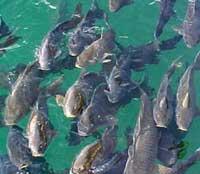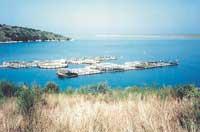The Mediterranean, increasingly tropical
2010/04/04 Lakar Iraizoz, Oihane - Elhuyar Zientzia
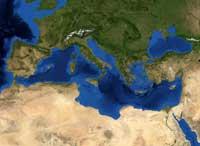
Experts say the Mediterranean Sea is tropicalizing. In a study conducted at the Balearic Oceanographic Center, 38 new fish species have been detected. They point out that the invasion has occurred mainly since the 1980s. Fish Invasions of the Mediterranean Sea: The book Change and Renewal has been edited to make known all the research and discoveries made.
The new inhabitants of the Mediterranean have reached the Mediterranean from two regions, one by the subtropical and tropical of the Atlantic Ocean, crossing the Strait of Gibraltar, and another by the Indian Ocean, taking advantage of the Suez Canal.
In addition to attracting fish that do not correspond to it, the increase in temperature in the Mediterranean has caused changes in its fish, according to the Balearic researchers. On the one hand, fish that like temperate temperatures like series have multiplied and extended to the north. On the contrary, fish that live in colder waters, such as flip-flops, have declined.
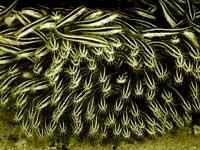
The fish cat ( Plotosus lineatus) is one of the species of fish that has appeared in the Mediterranean since 2000 (Photo: AlainFeulvarch).
Competition between natives and foreigners?
The introduction of new species in a certain medium usually results in the appearance of competitions for each of them. Nor would it be surprising that such competitions take place in the Mediterranean. In fact, an article written by the researchers of the Balearic Oceanography Center in 2007 indicated that in the Mediterranean there were 108 species of fish, of which 37 were newly introduced fish, up to a third!
However, researchers have stated that this competition is not taking place throughout the Mediterranean, but only in the East has the exclusion of foreign species been detected. The truth is that they recognize that many comparative studies have not been carried out to analyze this competition, but that there is a risk of losing the identity of the Mediterranean fauna. In short, bioinvasion is one of the main agents that transforms biodiversity and the faunal structure of a particular region.
In the book now published are 38 species that mention, but not all are invasive. Some have discarded native species, since the Mediterranean Sea has become their place of residence, but others, like some species of sharks and other large fish, do nothing but enter and leave the Mediterranean.
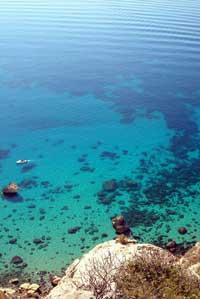
Recently the Mediterranean Sea has been slightly tempered by attracting tropical fish (Photo: Cristiano Cani).
More than fish
A study with Mediterranean fish has been carried out at the Balearic Oceanography Centre, but they know that there are other types of living things that move from tropical regions to the Mediterranean, such as molluscs (octopus, snails, mussels, etc.). and crustaceans, i.e. crabs, lobsters, shrimp, etc.
However, research has decided to limit itself to fish, among other things because it is easier to investigate fish than other living things. On the one hand, fishermen exploit them and from them many data are obtained: what species there are, how many... On the other hand, it is easier to differentiate fish species than other living beings, which greatly facilitates control.
According to the researchers, from now on it would be interesting to orient research towards the study of invasions to know what changes are actually taking place.
Published in 7K.

Gai honi buruzko eduki gehiago
Elhuyarrek garatutako teknologia



